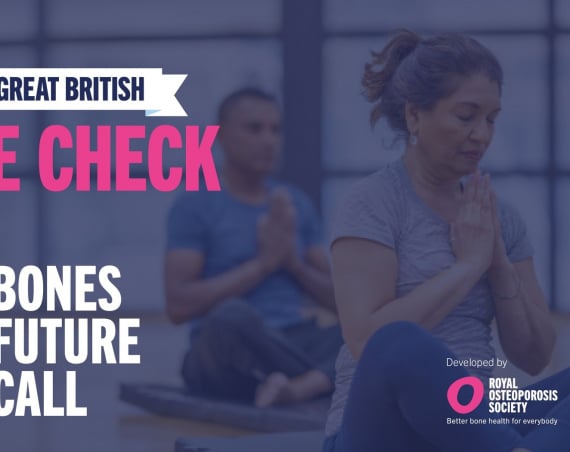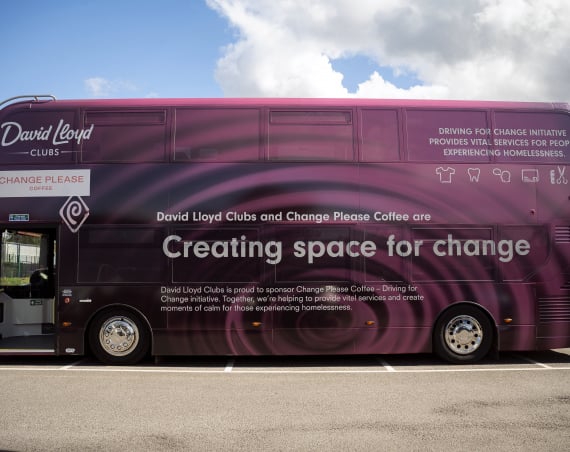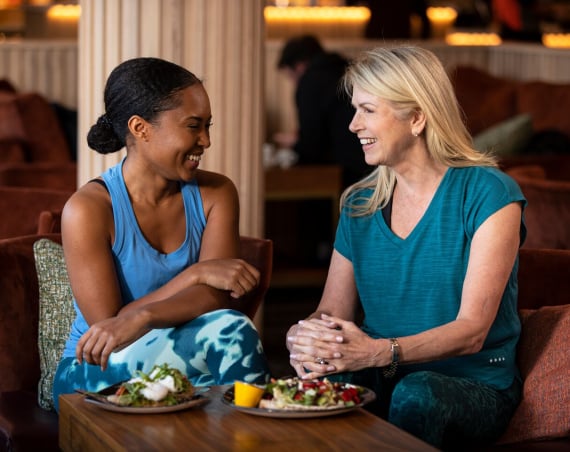From sweatbands to on-demand workouts, the world of fitness has seen more than its fair share of trends, fads and crazes over the past four decades. Although most of them burned brightly but briefly, others stuck around and even reshaped the way we exercise.
As we celebrate 40 years since the opening of our very first club, David Lloyd Heston, in 1982, it’s the perfect time to look back on some of the weird and wonderful trends that have taken the fitness world by storm.
The 1980s
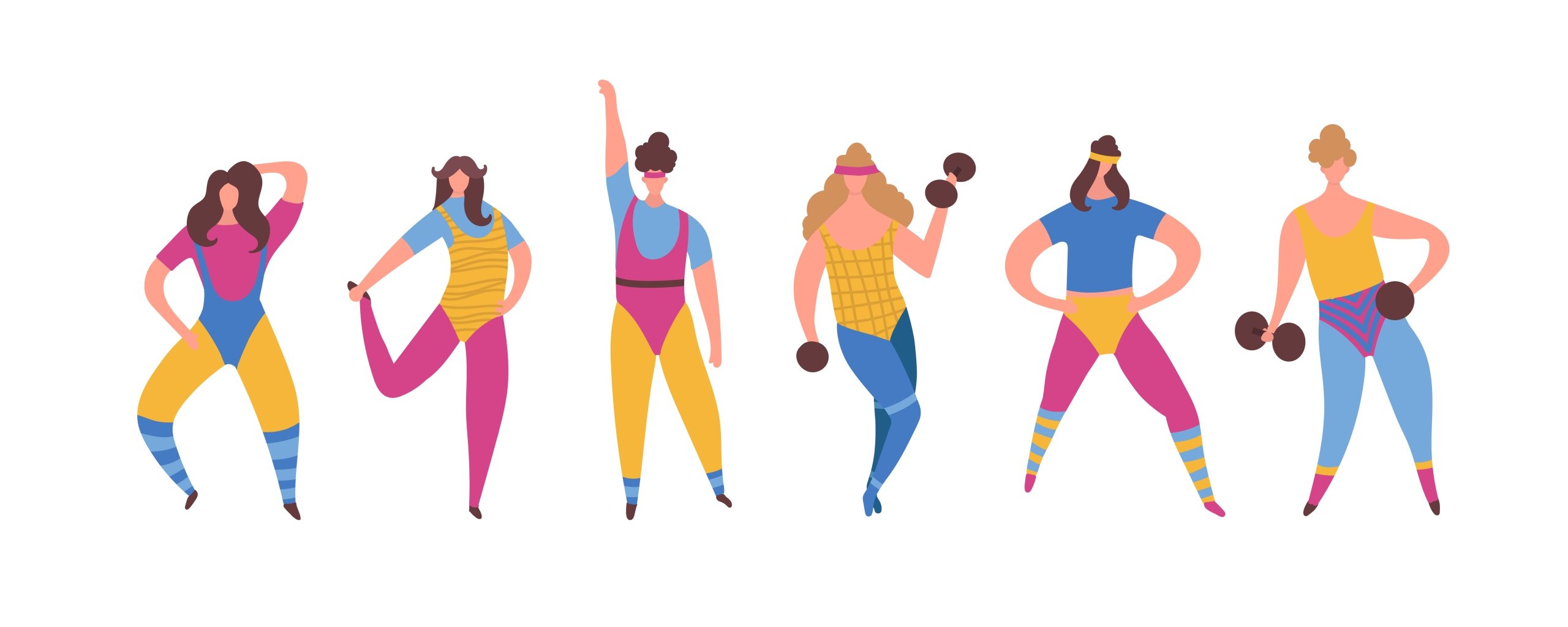
It’s the decade of big hair and even bigger trends. Survivor’s “Eye of the Tiger” is at the top of the charts and Britain’s fitness fanatics are pulling on their legwarmers as they prepare for their next workout. But nobody is running through the streets of Philadelphia in this particular montage — they’re gearing up for Jazzercise!
Jazzercise began way back in 1968 but reached the height of its popularity in the 1980s. Its feel-good dance cardio not only provided a full-body workout but also empowered women to break down barriers to their full participation in the then-macho world of health and fitness. Jazzercise even helped to establish the style and substance of “boutique fitness”, which is today one of the fastest-growing segments of the global fitness industry.

While dance was dominating in-person fitness classes, VHS was taking over our homes — and it took aerobics along for the ride. Often fronted by a celebrity, home workout tapes made their way into almost every collection as Britain worked up a sweat in the front room. Jane Fonda became the face of the trend, and with good reason: Her original workout tape became the first non-theatrical home video release to top sales charts and remained a top-selling VHS tape for six years. She even introduced new motivational phrases into the fitness lexicon, including “Feel the burn!” and “No pain, no gain!”
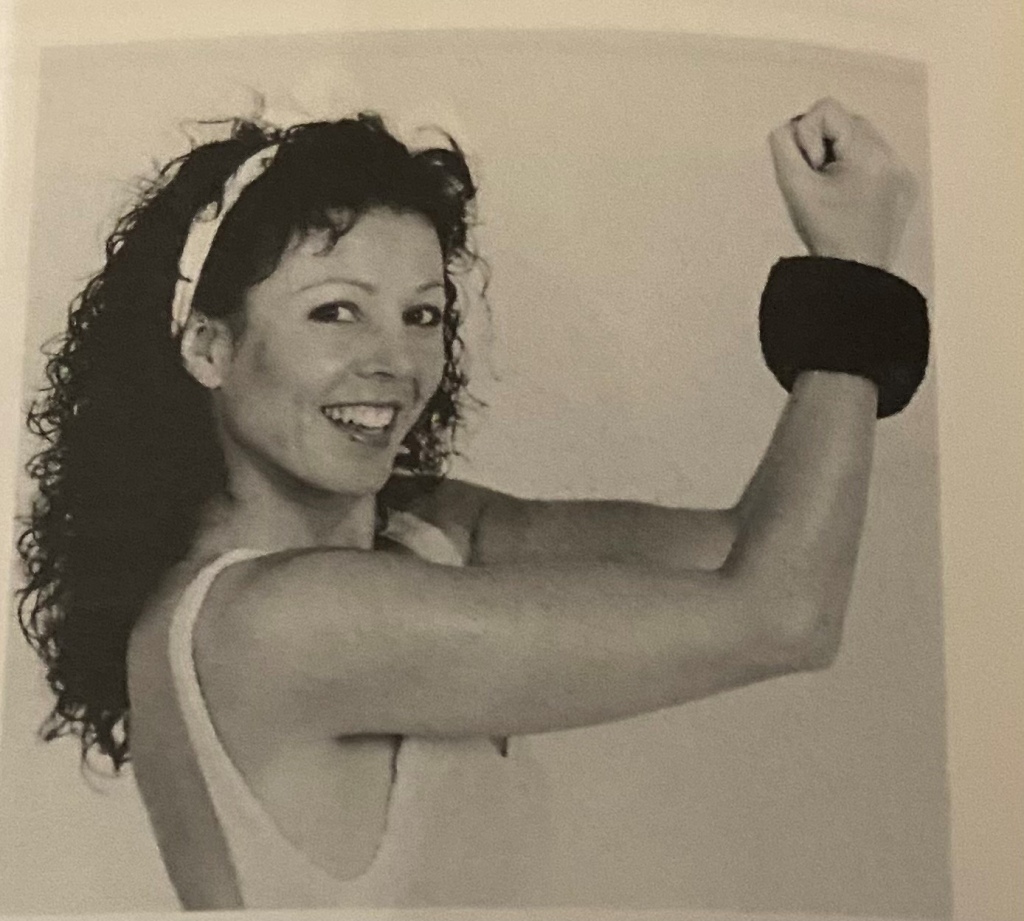
Of course, Jane Fonda isn’t the only 1980s fitness icon – step forward Maureen Hudson MSc, one of our longest-serving Personal Trainers. Pictured here in 1989, you may recognise her from some of our recent blog workouts, including the ultimate low-impact workout.
The 1990s
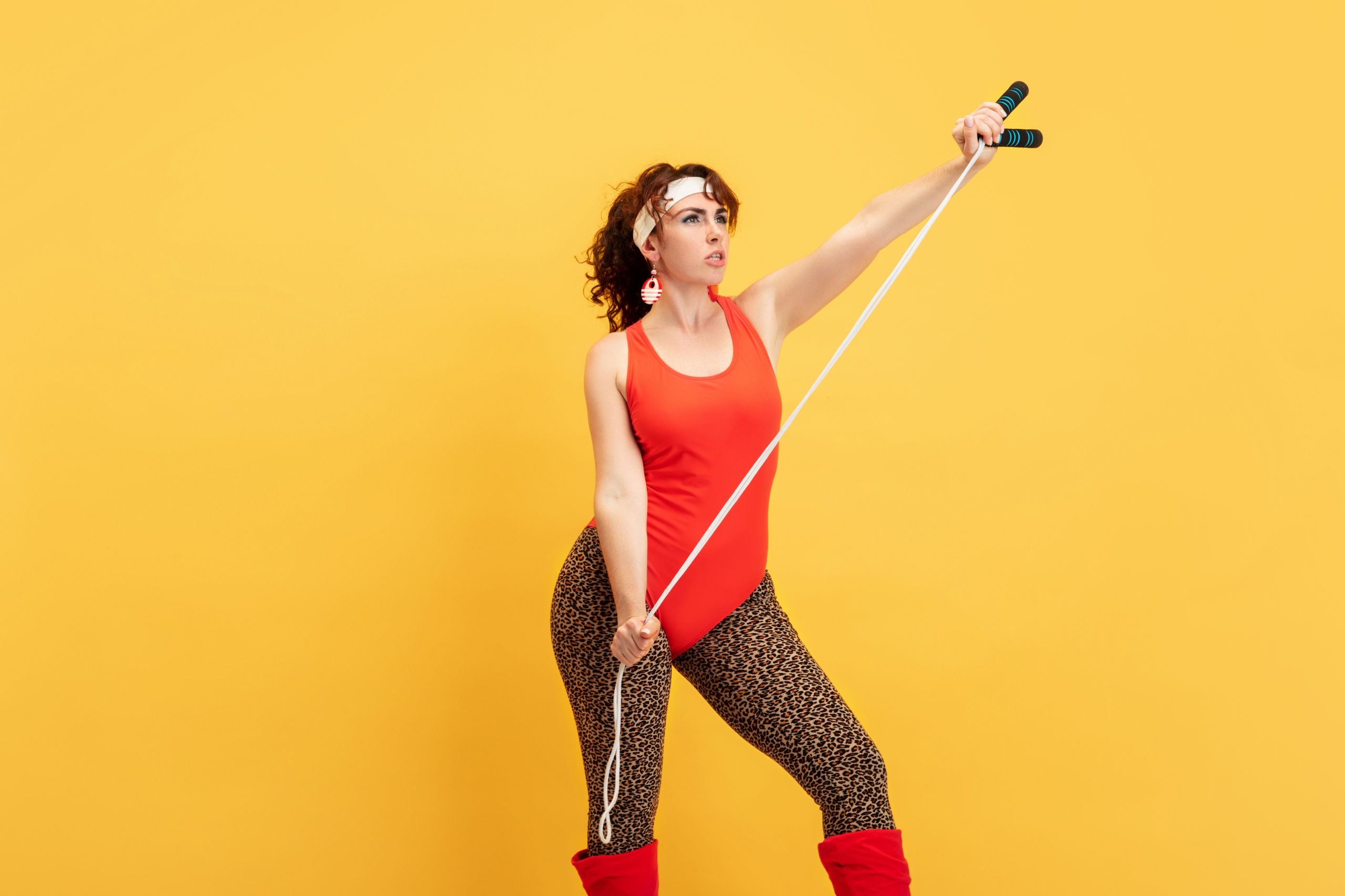
In the mid-1990s, there were 18 David Lloyd Clubs across the UK, 22 teams in the newly formed Premier League and millions of people exercising at home as part of their weekday morning routines. Why? Because Mr Motivator told them to.
Long before Joe Wicks got the nation moving, Mr Motivator — real name Derrick Evans — rose to fame through his energetic appearances on the breakfast television show GMTV. Entire families would put breakfast aside to participate in Mr Motivator’s live fitness sessions, listen to his health tips and take his inspiring messages to heart.

At-home fitness dominated ad breaks throughout the ’90s too, with American imports like Tae Bo and the Thighmaster achieving astronomical exposure and sales in the UK. Tae Bo, in fact, became a trend with a legacy — its groundbreaking mix of close combat and cardio not only sold millions of tapes but can still be seen in MMA-inspired classes like BLAZE.
The 2000s

Fitness venues proliferated in the new millennium. By 2007, there were 60 David Lloyd Clubs in Britain and Ireland (and nine in the Netherlands, Spain and Belgium) as more people began to understand and appreciate the importance of our health, mobility, and happiness. Even gamers got in on the act with the launch of the Nintendo Wii in the middle of the decade. Motion-sensitive controllers got players got off the couch to play Wii Fit, Wii Sports and other fitness-focused games. Few could have predicted that we would be balancing on a virtual tightrope or juggling imaginary balls for exercise!
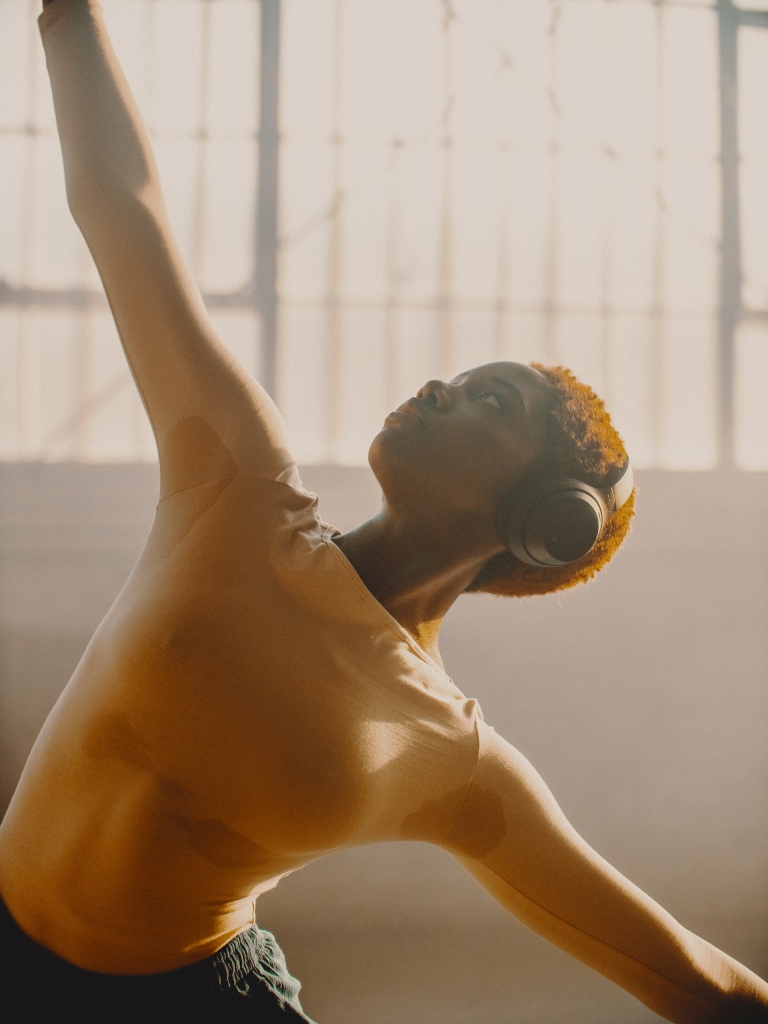
Of course, it wasn’t only video games that kept us accountable in the 2000s. Other technological leaps — especially GPS trackers, pedometers, and early fitness apps — not only recorded performance for serious fitness fanatics but gently reminded the Great British public to keep moving, while portable MP3 players like the iPod soundtracked our efforts. Who wouldn’t be motivated to smash that last mile with chart-toppers like All Saints, Daniel Bedingfield and The Ting Tings cheering on from their earbuds?
Perhaps it’s not a coincidence that the first decade of the 21st century also ushered in the age of the amateur athlete. Equipped with all the requisite tech and tunes, far more beginner marathoners finished their races in 2010 (299,000) compared to 2000 (503,000). Online marathon training programs and the evolution of marathon training into shorter training runs may also have helped!
The 2010s
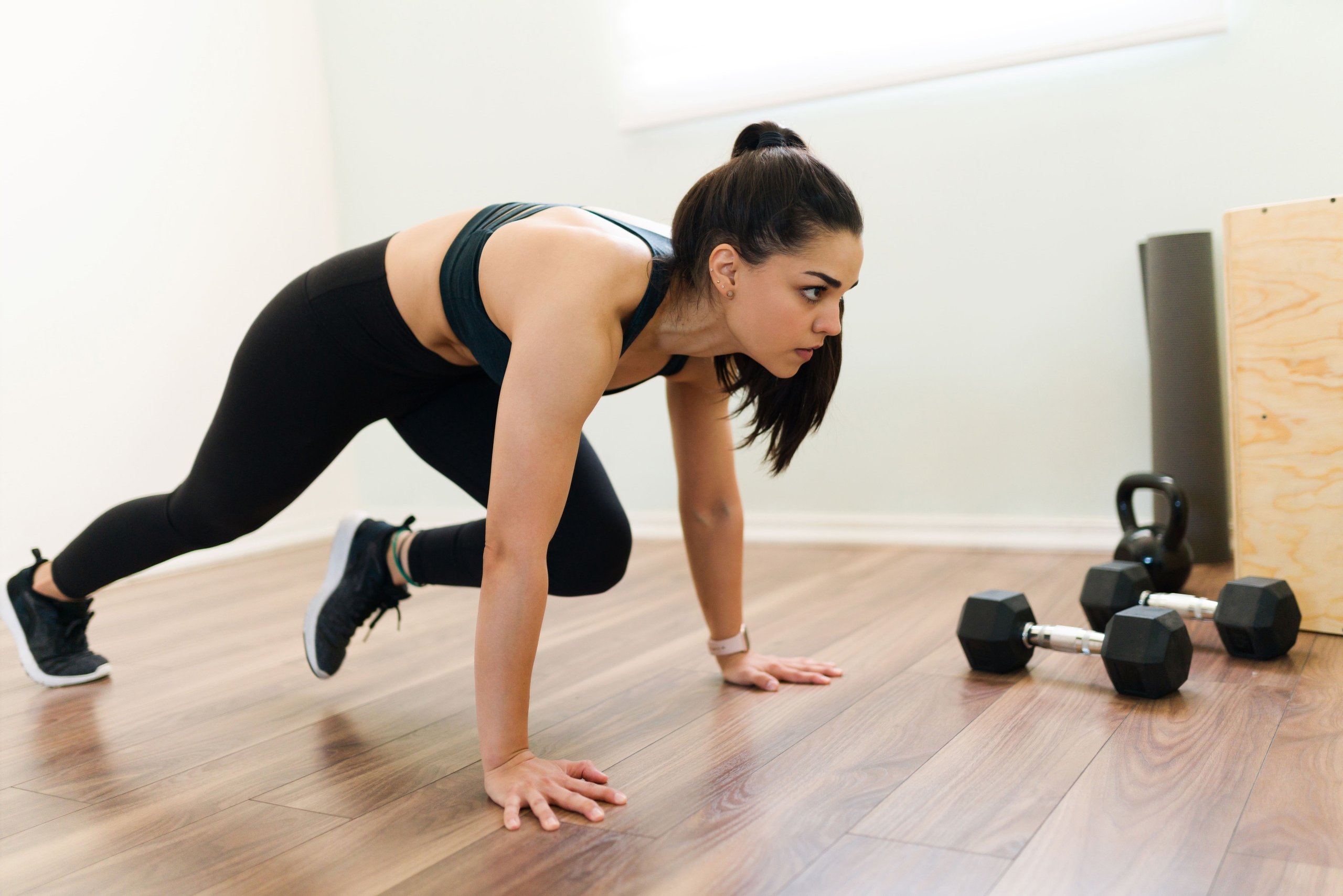
From selfie sticks and ice bucket challenges to much more serious happenings, the 2010s were an eventful time, to say the least.
At the gym, high-intensity interval training (HIIT) quickly became the decade’s de facto workout, especially in small groups. With a stronger sense of community, commitment and confidence, small-group training helped remove the intimidation factor for newcomers. It also provided a better forum for discussion, helping the nation move beyond its obsession with six-packs and instead focus on core strength to improve mobility, stability and balance.

Beyond the gym, themed fitness events and challenges like The Color Run and Tough Mudder took workouts in a new direction — capturing our imaginations, creating lasting memories and proving that exercise can be experiential (especially when you can’t get the stains out for days!).
But no recap of fitness in the 2010s would be complete without group cycling classes. Ending up in the mainstream via boutique classes and at-home subscriptions, nowadays classes like CYCLONE and RHYTHM have blurred the lines between fitness, performance, music and party-like environments. As the tech behind stationary bikes becomes more advanced, group cycling is incorporating aspects of competition and gaming, including live leaderboards so participants can track their progress against others — and themselves — in real-time. It’s a fine legacy from a decade with more than its fair share of ups and downs.
What does the future hold for the world of health, fitness and wellness? There’s really only one way to find out. Learn all about the classes and experiences offered at your nearest David Lloyd Club and join us for the journey.
Find a club

